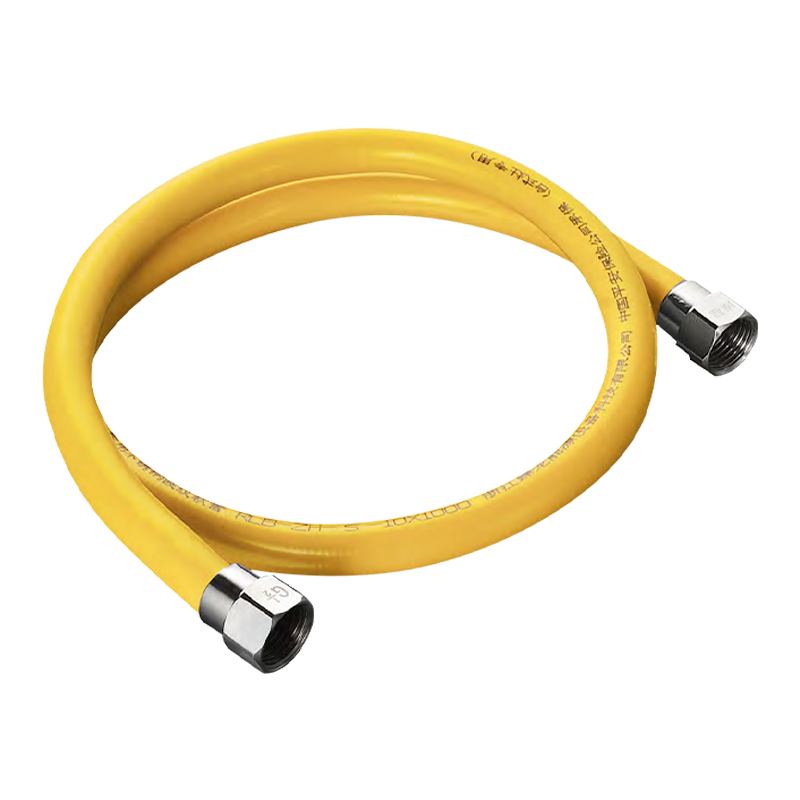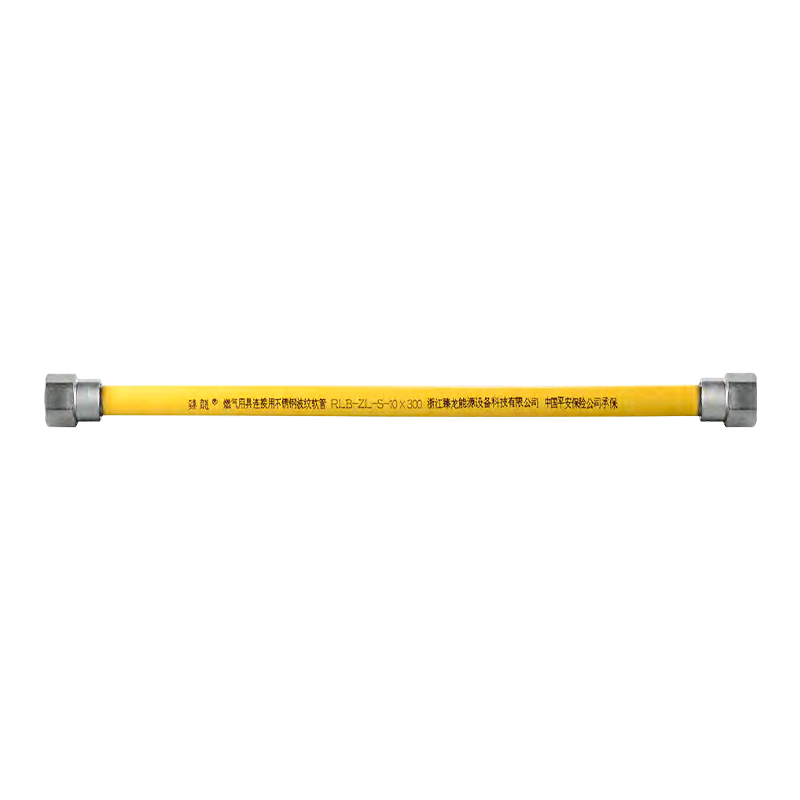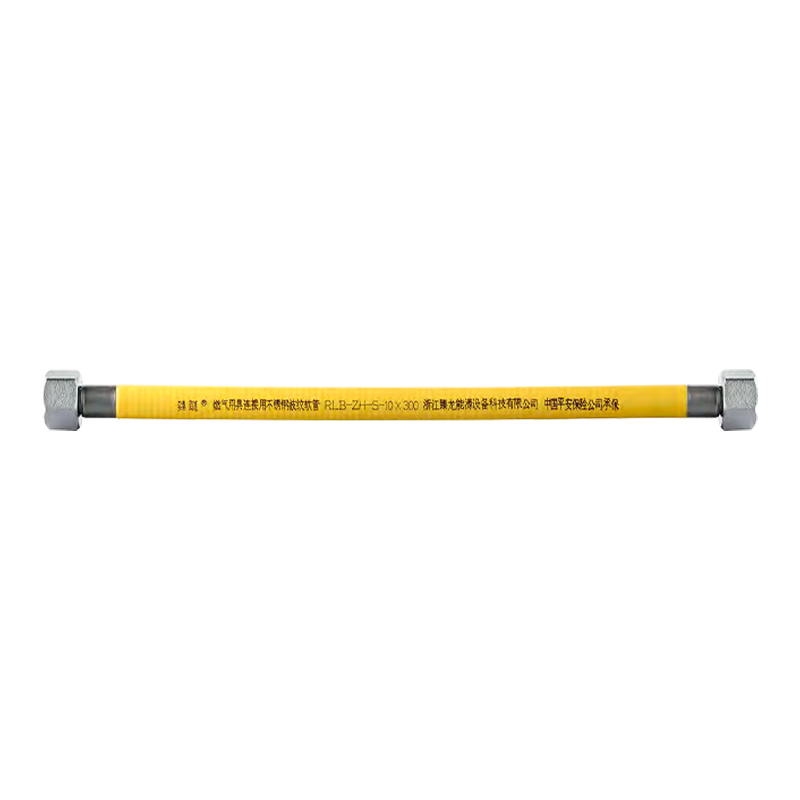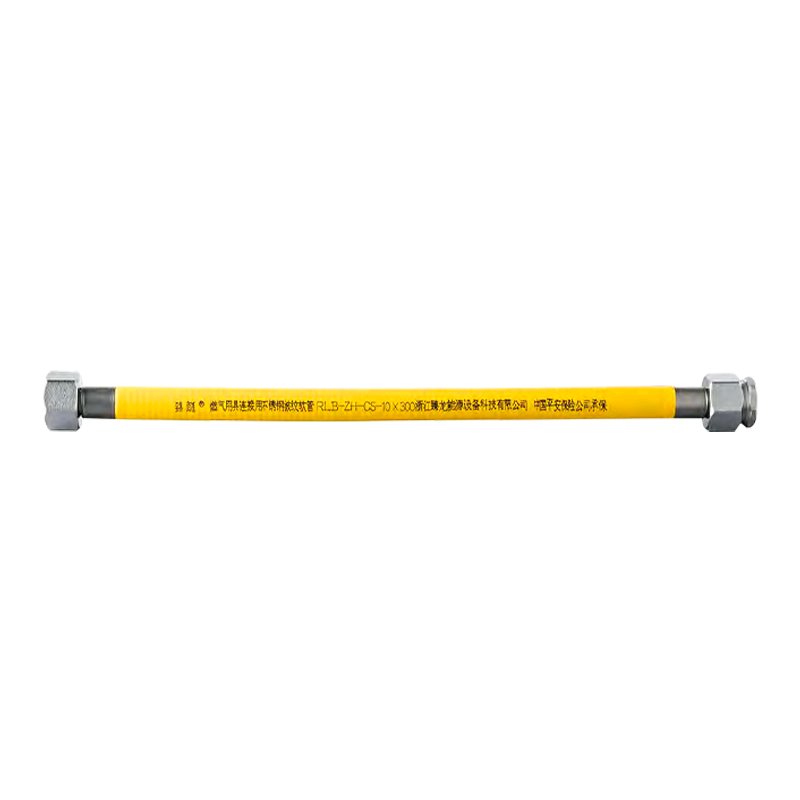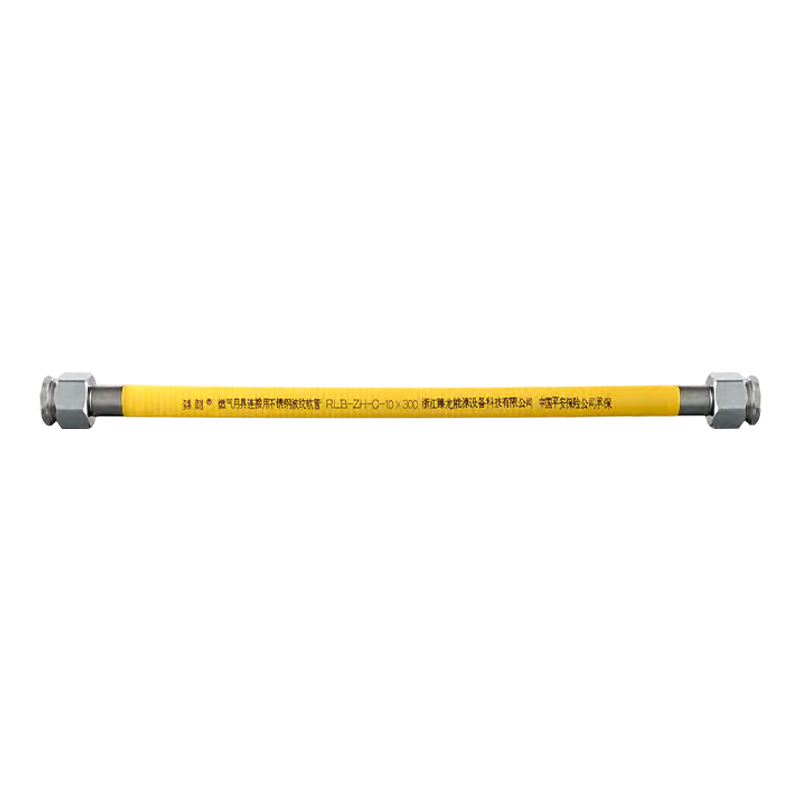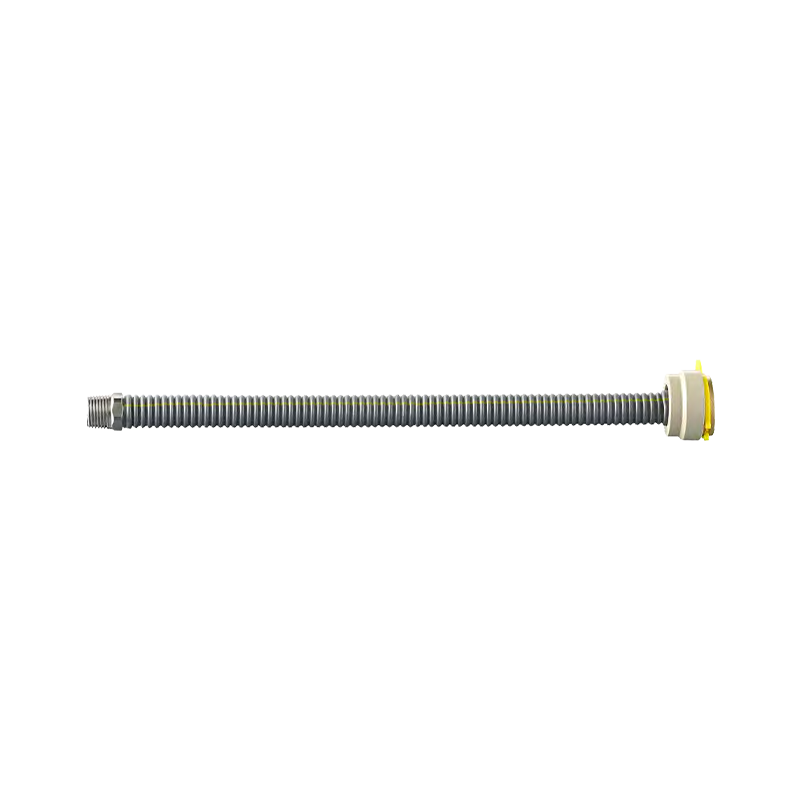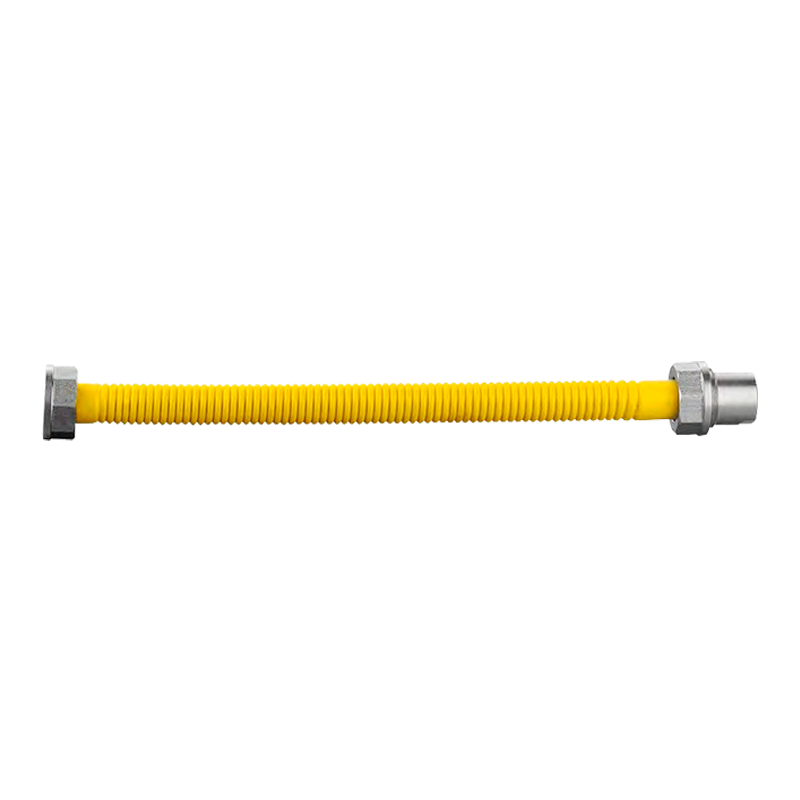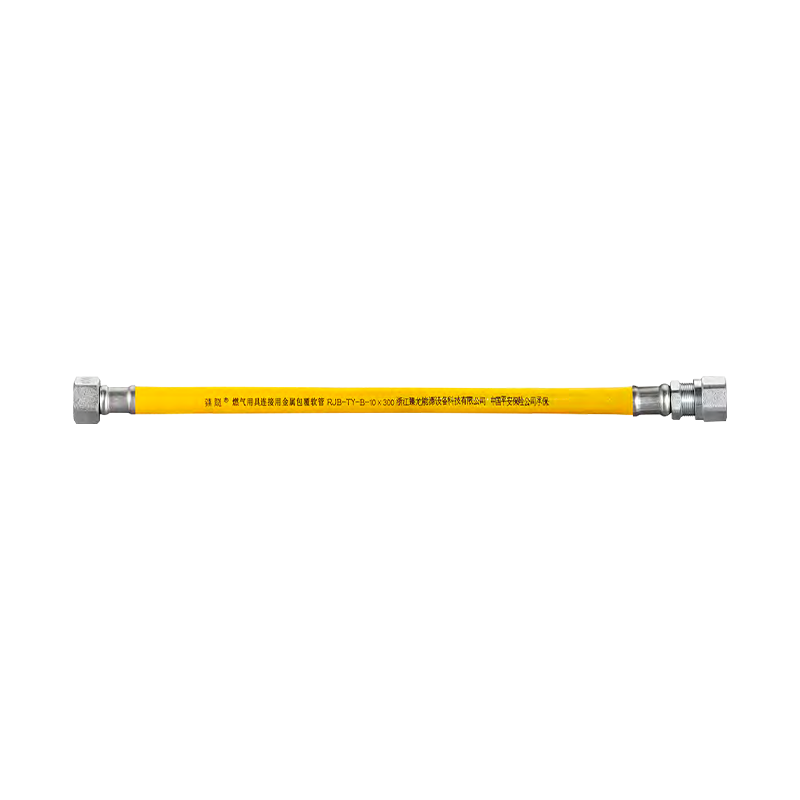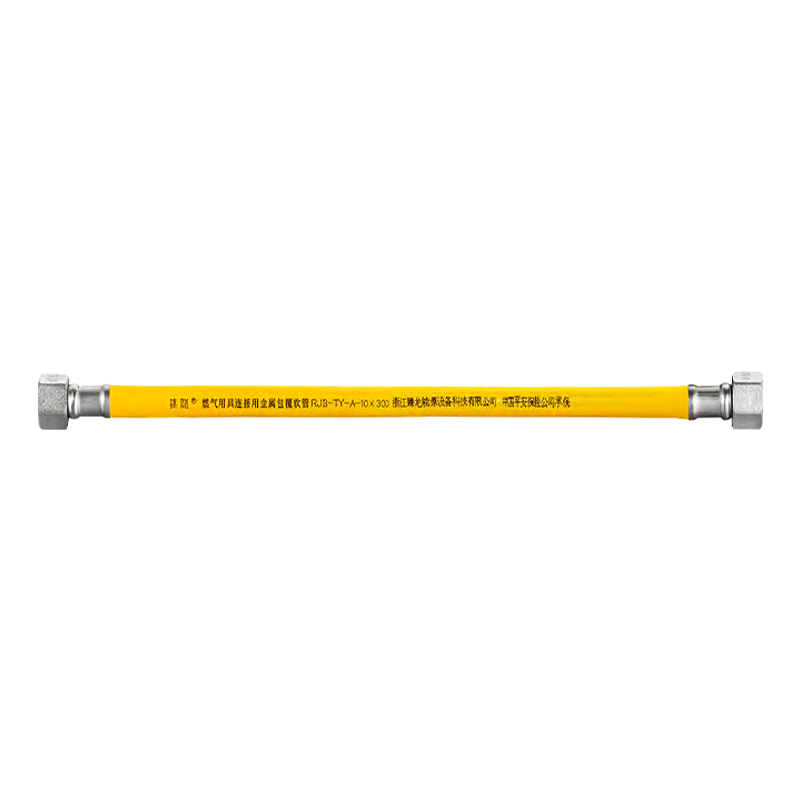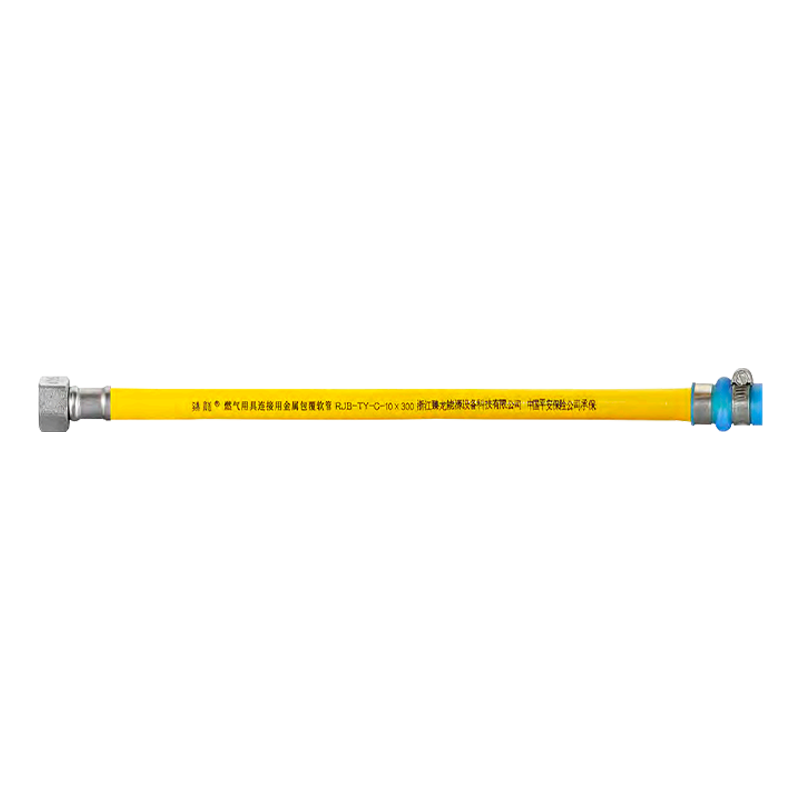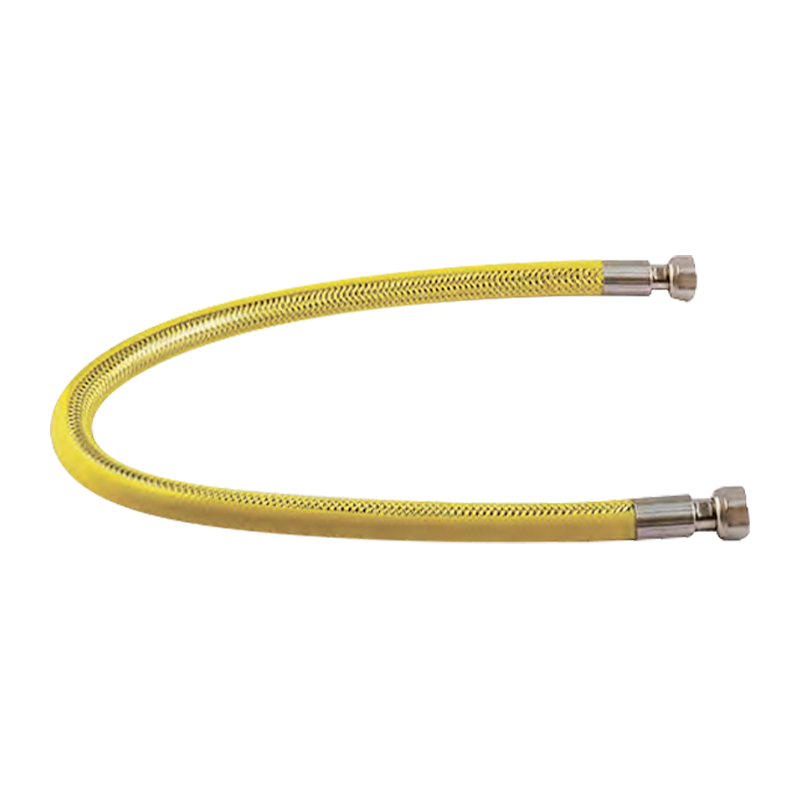Installing stainless steel corrugated tubes for gas appliances requires strict, standardized procedures and is crucial for safety. Understanding and mastering professional installation procedures and precautions can reduce the risk of gas leaks and ensure personal safety.
1. Pre-installation Preparation
Material Inspection
Confirm that the corrugated tube is labeled "For Gas Use," that the tube body is free of indentations, rust, or deformation, and that the thread connections are intact.
Inspect the threads of the gas valve and appliance connections for cleanliness and undamaged (clean with a wire brush if necessary).
Tool Preparation
You will need an adjustable wrench, pipe wrench, gas-specific sealing tape (PTFE tape), and leak detection fluid (soapy water).
2. Standard Installation Procedures
Manual Pre-connection
First, manually screw the nuts on each end of the corrugated tube into the gas valve and appliance connections, ensuring thread alignment (do not force the nuts). Note: The bend radius of the bellows must be ≥5 times the pipe diameter. Avoid right-angle bends (this will reduce pressure-bearing capacity).
Sealing: Wrap the threads with 4-5 turns of raw tape clockwise (only around the external threads, do not obstruct the pipe opening) to enhance airtightness.
Tightening: Use a wrench to secure the valve connector. Use another wrench to tighten the nut, applying force until it stops by hand and then tighten 1/2 turn more (overtightening may cause thread stripping).
Leak Detection: Open the gas valve and apply soapy water to all connections to observe for bubbling (persistent bubbling indicates a leak).
Using open flames to detect leaks is strictly prohibited!
3. Safety Precautions
Prohibited Actions: Do not use through walls or cabinets (pipes should be laid exposed). Avoid contact with sharp objects.
Unauthorized installation of tees or pipe extensions is prohibited (this must be performed by gas company professionals).
Service Life: The typical service life of stainless steel bellows is 8 years (refer to the product instructions for details). Upon expiration, they must be replaced.
If you smell gas, immediately turn off the main valve, open a window, and go outside to call emergency services.
4. Common installation failures of stainless steel bellows connecting gas appliances
(1). Air leakage at the threaded connection
Fault phenomenon: Bubbles continue to occur during soapy water testing, or the odor of gas can be smelled.
Possible reasons:
Misalignment of threads leads to loose sealing (forced screwing causes thread damage);
The raw material tape is wound in the wrong direction (it should be wound clockwise) or the number of turns is insufficient;
Nut not tightened or overtightened (slip wire).
Solution: Check the threads after disassembly, re-wind the raw material tape (4-5 turns), manually pre-tighten to ensure alignment, and then use a tool to tighten appropriately.
(2). Bellows are bent and deformed
Fault symptoms: obvious creases appear in the pipeline, insufficient gas flow or weak flame.
Possible reasons:
The bending radius is too small (less than 5 times the pipe diameter);
Force pulling or twisting the pipe during installation.
Solution: Replace the new tube and bend it according to a natural arc to ensure that the bending radius is ≥10cm (taking common pipe diameters as an example).
(3). Interface cannot be tightened
Fault symptom: The nut cannot be tightened after being rotated to a certain position, and it is still loose.
Possible reasons:
Thread specifications do not match (e.g. NPT threads and BSP threads mixed);
Threads are worn or contain impurities.
Solution: Check the interface thread type (gas valves are usually G1/2"taper pipe threads), use a thread gauge to confirm match, and replace the adapter if necessary.
(4). Incorrect pipe length
Fault phenomenon: The pipe is too short to cause pulling and deformation, or it is too long to form redundant bends.
Possible reasons:
Failure to measure the actual distance in advance;
Select non-standard length pipes.
Solution: Before installation, measure the linear distance between the gas valve and the appliance interface, and select a bellows with matching length (it is recommended to reserve a margin of 5cm).
(5). Illegal crossing structure
Failure phenomenon: The pipes pass through enclosed spaces such as walls and cabinets.
Hidden risks:
Air leaks in hidden places are not easy to detect;
Long-term friction may cause damage to the tube body.
Solution: Lay exposed pipes strictly in accordance with the specifications. If you need to penetrate the wall, you must install anti-sheath pipes and maintain ventilation.

 English
English 中文简体
中文简体 Español
Español عربى
عربى


